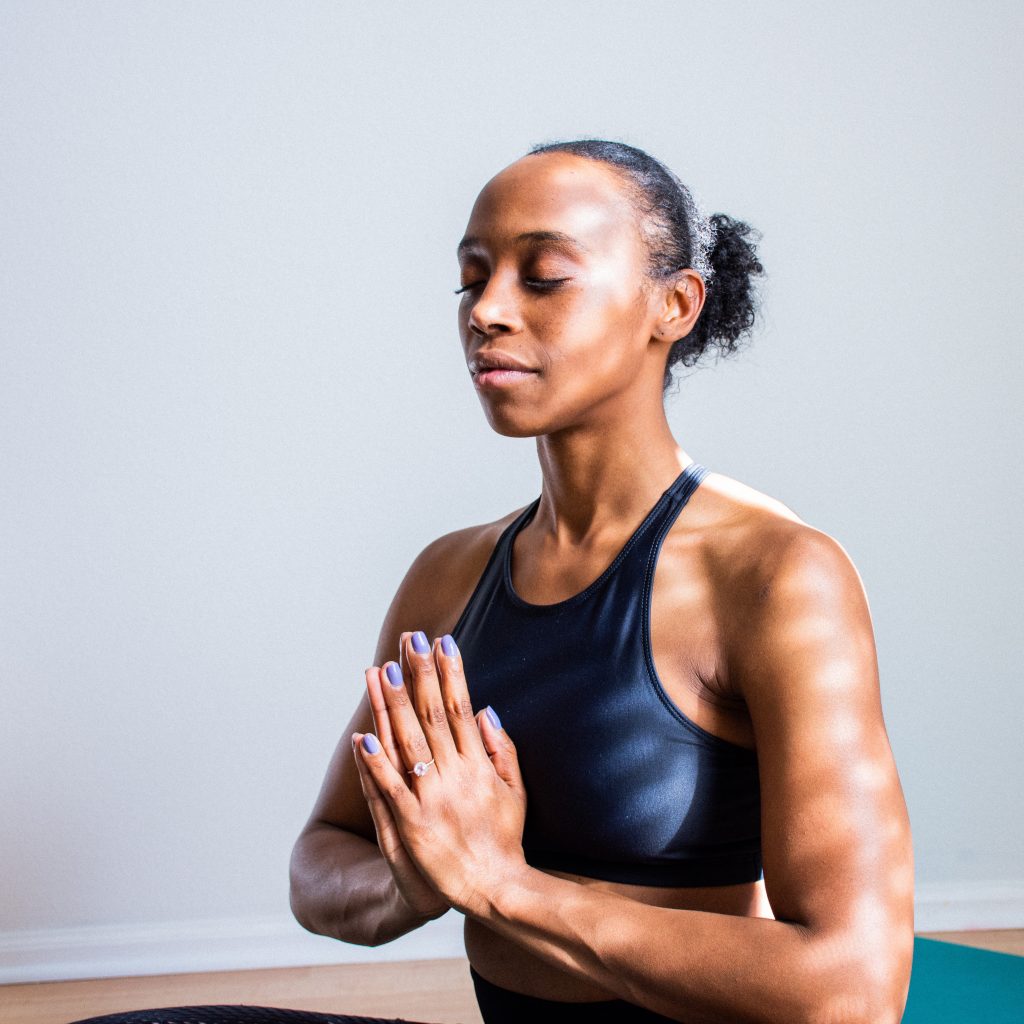
The understated self-care practice of “quiet time”

Have you tried to give yourself some ‘me time’ or tried to have some moments of tranquility, but did not succeed? Perhaps you tried meditation but have not been able to keep up with it?
There is another self-care practice, which you can learn now, very easily, by yourself, safely, for free and in your own home and take it with you wherever you go. It is called “quiet time”.
What is Quiet Time?
Quiet time is one of the simplest forms of connection within or focusing inwards. It has been practiced in various forms around the world, in all cultures, in all ages throughout history in many of the main monotheist religions (in monasteries of all denominations) and other spiritual traditions and is a key practice in 12 step addiction recovery programs. It is extremely effective and life-changing.
This practice seeks to help us become more connected to ourselves and others (whole), connecting to the whole person as a human “being” rather than a human “doing”.
As such, this is not a practice “we do”. We create the space so we can “be”. It is simply a way of giving our brain and body a moment of respite. It won’t interfere with any of your current religious or spiritual practices you might be carrying out or your religion.
Why are silence and quiet time important?
We are bombarded by external stimuli and live in a very noisy and disruptive world. We’re constantly filling our ears with music, TV and radio news, podcasts and, of course, the multitude of sounds that we create nonstop in our own heads.
How many moments each day do you spend in total silence? The answer is probably not very many.
Silence has become a rare state to experience and research (conducted by myself a couple of years ago and other colleagues) has shown how negatively it can affect our health.
In 2011 the World Health Organisation (WHO) called noise pollution a “modern plague,” with “overwhelming evidence that exposure to environmental noise has adverse effects on the health of the population” (Goines & Hagler, 2017). It is the second largest environmental cause of health problems, just after the impact of air quality (particulate matter).
As our internal and external environments become louder and louder, more people are beginning to seek out silence, whether through a practice of sitting quietly for a few minutes or other forms of silent and quiet time such as forms of meditation.

Is not it an easier form of Meditation?
Quiet time is not like meditation but it can be a bridge to it.
Meditation is a key self-care practice, rooted in millennia of philosophy and practice, which is being used in a secular way clinically to great effect.
I have practiced various forms of it for 15 years, studied it scientifically and continue to incorporate it in my work. However, I have found that for some people, who might always have been ‘on the go’, who are naturally very active or who simply lead very busy lives, meditation can be overwhelming and too big a jump. The reason for this is that when we are used to being hyper-aroused, have multiple priorities and demands but have not learnt to sustain moments of connection within will make available a lot of energy which was previously focused outward available to us. If we are not guided on how to handle this energy, (which is also present in thought form), meditating can feel daunting.
There are, however, meditation sitting practices similar to quiet time such as “zazen”. I would recommend that a good guide is sought as it is not easy to learn by oneself.
Quiet time can therefore be a stepping stone to relaxation, meditation and reflection times. It will quiet your mind, relax your body (and clenched muscles) and refresh you.
How Do We Start Practicing Quiet Time?
We can learn how to shut down the world outside and give our brain a break.
You will see as you start practicing that you can gain very quick benefits by just practicing 2 to 5min a day.
If you are interested in developing a deep self-care practice to strengthen your mental health, try the two practices below and see how you feel. You would increase the benefits by writing about your experiences in a personal journal.

Practice 1 – Week 1 – days 1 to 7
Our objective is to stop any activity and rest in silence for a few minutes, either in a sitting position or lying down.
- Prepare yourself to sit somewhere comfortably. Make sure you are not too warm or too cold and you are well supported, not straining your back or neck. (You can also do this in nature or anywhere you feel attracted to)
- Once you feel ready, set your timer to 2 min and switch off your phone
- You can close your eyes, if this feels ok and safe to you, but if not keep them open
- If you are sitting down, you can also put your hand on your heart or bring your hands palm pressed together to your chest (as a growing body of research has shown these practices to calm our nervous system down).
- Just breathe normally
- Stay present with whatever arises in your experience for 2min
- If you can’t manage 2 min a day, it is better to not force yourself and do what you can. You can skip days but try and catch your thoughts as you choose to do something else instead (you are being mindful)
- If you have time, as you go along, or by the end of the week, write a bit about your experience in a journal
In the beginning of your practice, aim to practice 2 min a day if possible. It this is too easy or you find 2 min refreshing, try 4min but don’t overdo it as the aim is effectiveness and consistency over time.
This sounds simple but it is not always easy to do as you will quickly realise.

Practice 2 – Week 2 – Days 8 to 15
- Repeat steps 1 to 6 from practice 1 of the previous week
- Once you feel ready, set your timer to 4min and switch off your phone.
- If you can, try to do this every day this week, only for 4 min a day.
- If you have time by the end of the week, write a bit about your experience in your journal: what have you noticed after two weeks of practice?
Practicing this way of relaxing can be confusing because there might be an expectation that it will bring us tranquility and calm straight away, but it does require practice, patience and trust in ourselves as well as being gentle with ourselves.
For some of us, this might be the first time we are being with our self, sitting by our self alone without distractions, entertainment, sensory stimuli from our external world, phones/social networks, or people.

WHATEVER ARISES….STAY WITH IT…AND HAVE A CUP OF TEA!
As you sit, be mindful to not constrict your breath, and relax your body. You might notice some thoughts and feelings come up; let them be.
So although there might be times when this will feel hard even for 2min, there will be a time when you might feel an immense sense of achievement as we find on our journey we have resisted the easy impulse to walk away.
Share your thoughts or feedback with us. We would love to hear from you!
(Interested in going deeper? The effectiveness of stillness, quiet time and meditation on measures of wellbeing were so powerful over time for myself and those around me that I researched their effect in my Master in Psychology thesis, devised an online and in person course on it which I deliver in various environments and workshops. Contact us at: [email protected], if you would like to learn more)
